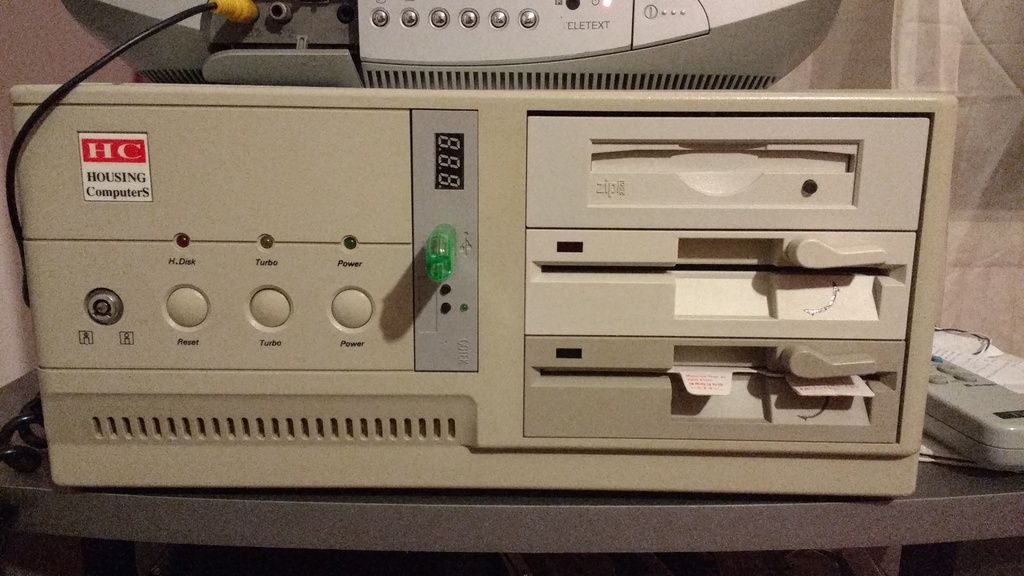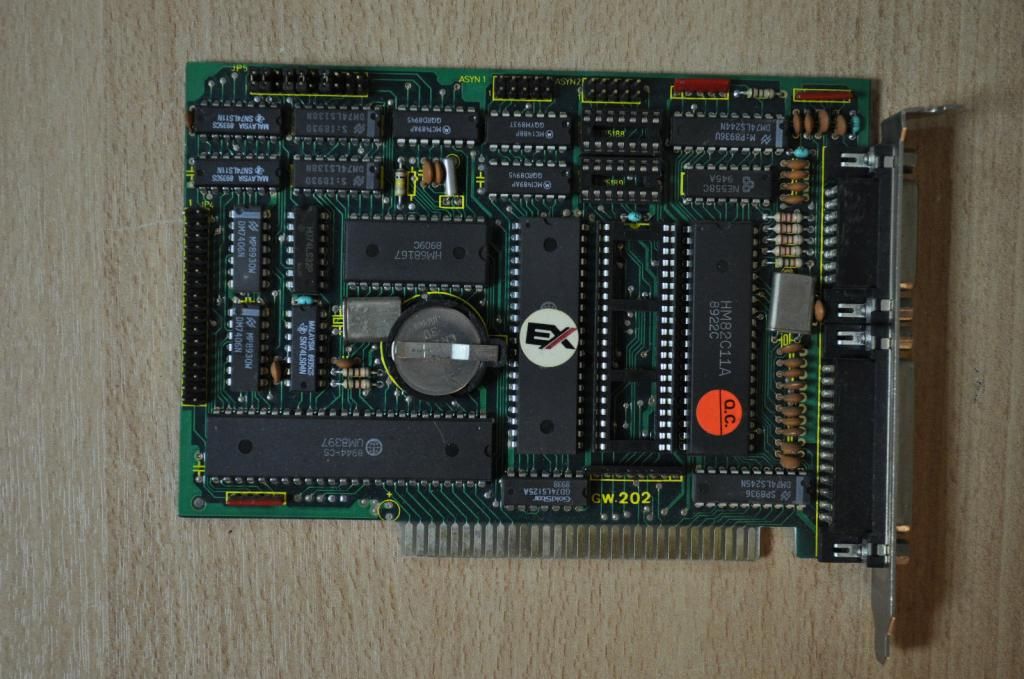First post, by carlostex
- Rank
- l33t
Current Build Status and Specs:
Case: HC Housing Computers Desktop Case
CPU: NEC V20HL @ 12MHz
Video: IBM CGA (New)
I/O: HMC multi I/O floppy and IDE controller
Disk: Lo-tech 8 bit adapter
RAM: Lo-tech 1MB RAM card
Network: 3COM Etherlink 3C509B-TPO
Sound: ATI Stereo F/X w/CMS
Floppy Drives: Gotek Floppy Emulator, 360K floppy drive, 1.2Mb floppy drive
Zip: ATAPI 250 Floppy Drive

----------------------------------------------------Original post below--------------------------------------------------------------------------
Since i came to live in the UK the retro bug never stop biting. I actually miss the stuff. I'l pllaning a super socket 7 build for which i already got a motherboard for. This will be my main time machine here in England.
In the mean time i always wished for something pre 386. I do have a 286 motherboard, but i always wanted to build a turbo XT system. Actually i would prefer a Tandy 1000, but ordering one from the US will cost an arm and a leg not to mention customs headaches. I will love getting around the technical difficulties of the XT 8bit bus. I'm still gathering parts to assemble this build and i'm gonna assemble it when i return to Portugal on vacation.
This is the board i got:

I also got a Multi I/O card including Parallel, Serial, Gameport and Floppy controllers and a CR2032 holder for a RTC:

I also have a MIDIMAN MM-401 card to provide an intelligent MPU-401. I just need the adapter cable. I will also be using a Sound Blaster CT1320C with CMS chips, or a 1987 AdLib and a true Game Blaster card.
What am i missing then?
- A 8bit VGA card with good CGA and EGA compatibility, true CGA and EGA is out of the question, Sergey Kisilev's card would be perfect:

Although i'd rather ask him to build it for me, my soldering skills are not legendary...
I will also need XT-IDE or XT-CF, something i will probably get out of James Pearce XT-CF-lite or Sergey's version of that.
One thing that i noticed is the power socket for the AT P8 and P9 connectors is quite weird, will a normal AT PSU work well with this board and that kind of connector?
Anyway, any advice regarding this build is welcome. My experience with XT systems is rather limited.